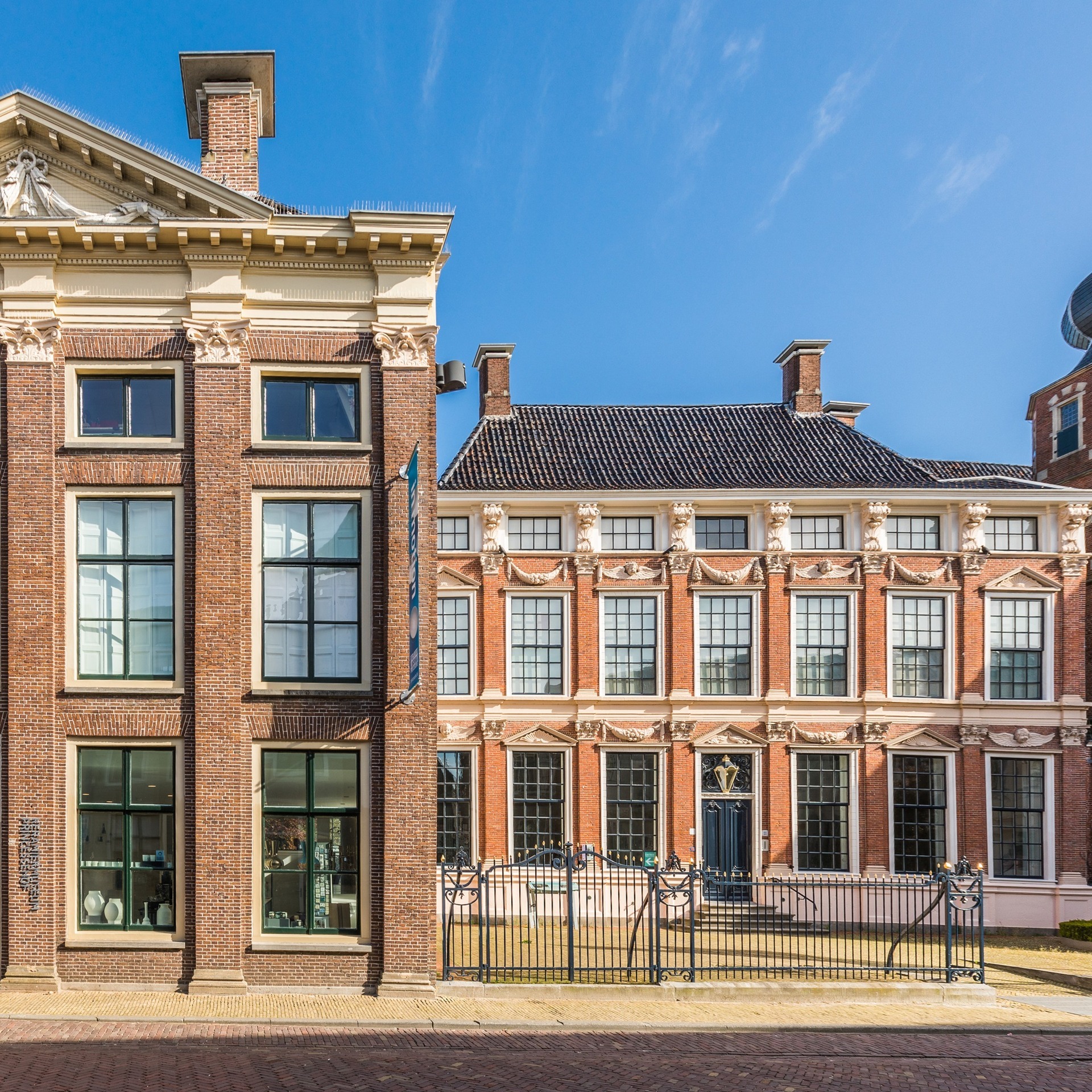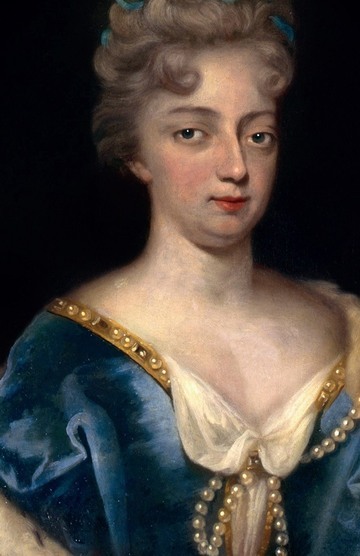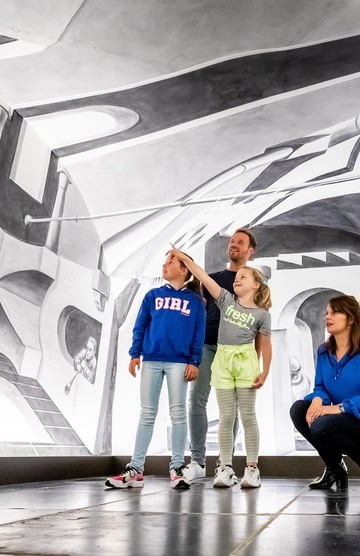About
The national ceramics museum in an 18th-century city palace
Visit the Princessehof: an enchanting 18th-century city palace in the heart of Leeuwarden. Stroll through the impressive halls that formed the backdrop for the life of Princess Marie Louise of Orange-Nassau and discover the birthplace of world-famous artist M.C. Escher. Be amazed by the breathtaking ceramics collection that features treasures from Asia and Europe. Wander through this maze of history, art and stories ranging from imperial Chinese porcelain to modern masterpieces. There is not only a lot to see, but also an ongoing programme of activities. Follow a workshop or tour, or drop in for a lecture!

2.jpg?width=360&height=556&mode=crop)
.jpg?width=360&height=556&mode=crop)







.jpg?width=360&height=556&mode=crop)






